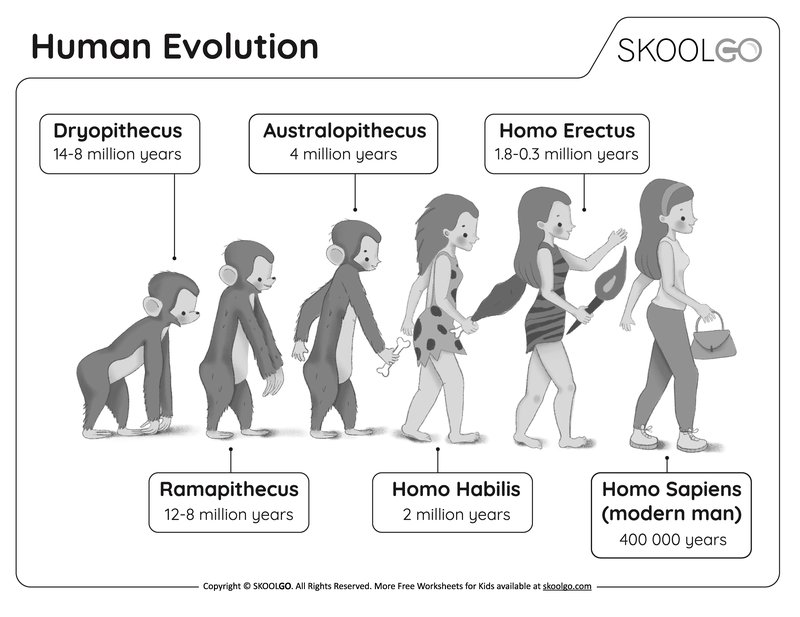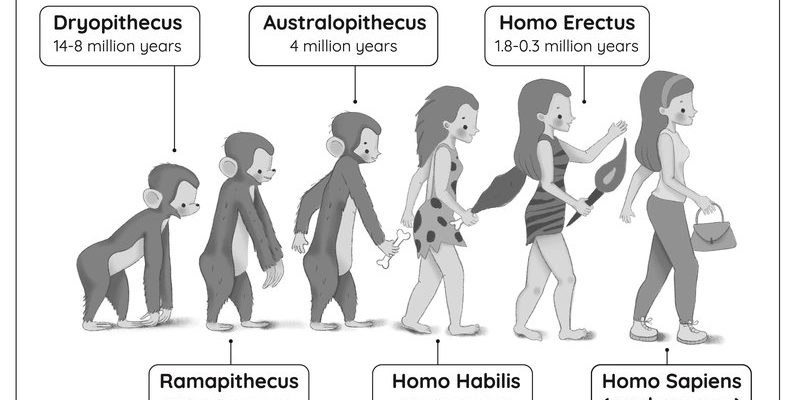
Just like a story woven through time, the pelican’s journey is filled with adaptations that have allowed it to thrive in various environments. Imagine you’re sitting down with a cup of coffee, and let’s explore the pelican’s background step-by-step, from its ancient ancestors to its current status as a beloved symbol of coastal life.
The Origins of Pelicans
Pelicans belong to the family Pelecanidae, which is believed to have originated about 30 million years ago. They are part of a larger group of birds called *Pelecaniformes*, which includes herons and ibises. Picture this: millions of years ago, pelican precursors were nesting near bodies of water where they found abundant food. Their evolution has been shaped by their dependence on aquatic ecosystems, resulting in the large, distinctive beaks they feature today.
What’s interesting is that the oldest known pelican fossil dates back to around 50 million years ago! This fossil suggests that pelicans had already started to take shape and adapt during the Eocene epoch, a time when the world was very different. Seas were higher, and the climate was warm. Let’s imagine these birds gliding over warm, shallow waters, hunting for fish, much like they do today.
Physical Adaptations Over Time
Pelicans are easily recognized by their large bodies, long bills, and unique throat pouches. Over time, these features have evolved to enhance their fishing skills. The throat pouch, for instance, is an incredible adaptation that allows pelicans to catch fish more effectively. When hunting, they dive into the water and scoop fish into their pouches, draining out the water before swallowing their catch. Isn’t that a neat trick?
Furthermore, their wingspans can reach over 10 feet in some species, allowing them to soar gracefully above coastal territories. This adaptation helps them cover vast distances in search of food while conserving energy, much like a long-distance runner pacing themselves during a marathon. Their lightweight bones and strong muscles have developed over time to support these soaring capabilities, making them efficient hunters.
Diverse Species of Pelicans
There are eight species of pelicans, each with its unique traits and habitats. For example, the California pelican has adapted to coastal regions, while the great white pelican prefers freshwater lakes and rivers. Here’s a quick rundown of some notable species:
- Brown Pelican: Known for its graceful diving ability, this pelican can plunge into the water at high speeds.
- American White Pelican: Unlike most pelicans, this species hunts cooperatively, forming a line to trap fish.
- Australian Pelican: With one of the longest bills of any bird, it thrives in the diverse environments of Australia.
Each species displays fascinating behaviors tailored to its environment. Pelicans can be seen socializing in large groups, sometimes taking part in dramatic feeding frenzies. Watching them fish together is like witnessing a well-rehearsed performance in nature!
Pelicans and Their Ecosystem
Pelicans play a crucial role in their ecosystems. As skilled hunters, they help maintain the balance of fish populations in their habitats. If you think about it, they’re nature’s regulators, ensuring that certain species don’t overpopulate and disrupt the ecosystem. This is particularly important in coastal environments, where fish populations are vital for the health of marine ecosystems.
However, these birds face threats from habitat loss, pollution, and climate change. As coastal areas are developed or altered, pelicans must adapt to new environmental pressures. Here’s the thing: conservation efforts are essential to ensure that these intriguing birds continue to thrive for generations to come. Protecting their habitats and educating the public about environmental issues helps preserve not just the pelican but the health of entire ecosystems.
Cultural Significance of Pelicans
Throughout history, pelicans have captured the imagination of cultures around the world. In ancient Egypt, they were associated with the sun god Ra, symbolizing grace and beauty. The Greeks and Romans admired them, even portraying them in their art.
In modern times, pelicans continue to hold cultural significance as symbols of coastal regions. They are often found on logos, postcards, and even sports team mascots. For many, watching pelicans dive into the ocean is a reminder of the beauty of nature. They embody the spirit of coastal life and are often seen as good luck by fishermen and sailors—akin to a friendly wave from the ocean!
Pelicans in the Modern World
Today, pelicans are not only a subject of admiration but also a focus for wildlife conservation efforts. Organizations work diligently to protect their habitats and ensure they thrive amid changing environments. Programs that emphasize habitat restoration, pollution control, and public education all contribute to their survival.
You might be wondering how you can help. Simple actions can make a significant impact, like reducing plastic use, participating in local clean-up events, or supporting conservation groups. Remember, every little bit helps!
The story of the pelican is one of resilience and adaptability. From their ancient origins to their modern roles as coastal symbols, these birds have shown us how life can flourish despite challenges. As we continue to learn about their evolution and importance in our ecosystems, we are reminded of the delicate balance that nature maintains.
So next time you spot a pelican gliding across the water or diving for fish, take a moment to appreciate its fascinating history. These incredible birds are not just part of our environment; they are a reminder of the interconnectedness of all living things. Let’s continue to protect and celebrate the pelican and its essential role in our world.

